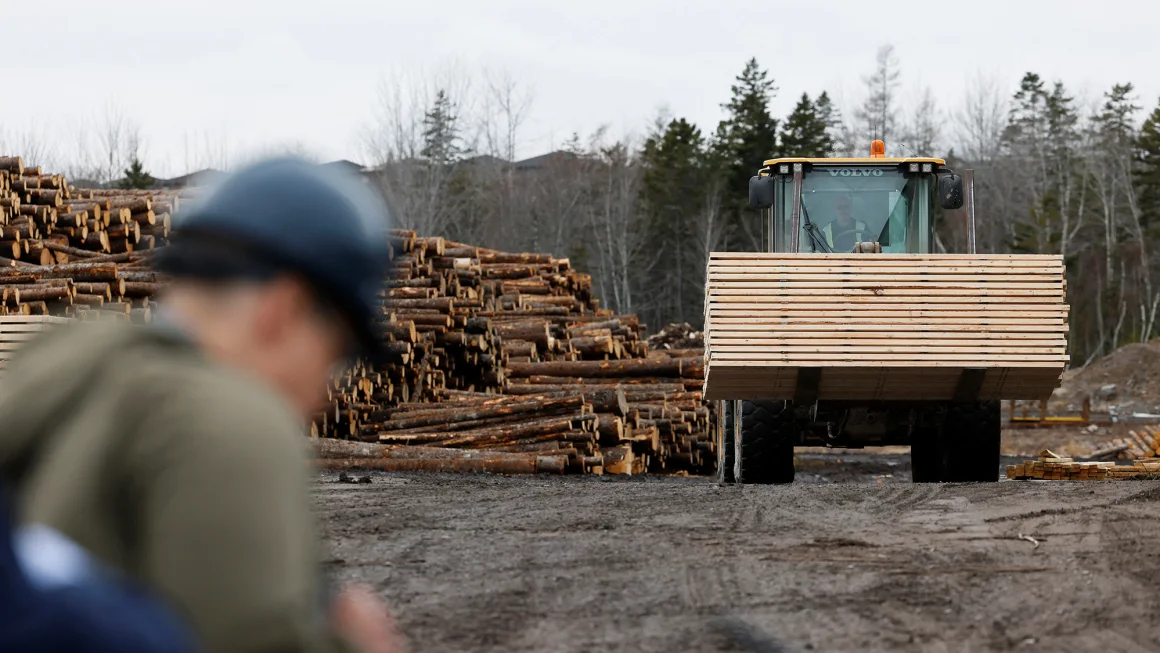
The ongoing softwood lumber dispute between the U.S. and Canada is intensifying, even before the proposed tariffs take effect. The U.S. is set to significantly increase its existing anti-dumping and countervailing duties on Canadian lumber, more than doubling them.
The U.S. Department of Commerce is set to raise these duties from 14.4% to 34.45%, as part of its annual review process, according to both public and private filings in the Federal Register.
These duties, which are distinct from the planned tariffs on Canadian lumber, are a result of a long-standing conflict between the two nations. The U.S. claims that the Canadian government is subsidizing its lumber industry, giving it an unfair advantage in the market.
David Eby, Premier of British Columbia, criticized the increase, calling the duties “unjustified.” He warned that they would lead to higher housing costs for American consumers, many of whom had voted for a president promising to reduce such expenses.
Homebuilders in the U.S. have raised similar concerns as President Donald Trump has suggested additional tariffs on Canadian imports, particularly on lumber and other construction materials.
Canada provides more than 80% of the softwood lumber consumed in the U.S., and about 30% of U.S. lumber demand is met by imports. Builders estimate that these tariffs could increase the average cost of a new home by $9,200, according to the March National Association of Home Builders/Wells Fargo Housing Market Index.
While American homebuilders worry about rising costs, some in the U.S. lumber industry argue that higher duties, along with new tariffs, would create a fairer competitive environment. They also point to untapped capacity within the domestic industry that could be utilized.
Andrew Miller, chairman of the U.S. Lumber Coalition, contended that Canada’s trade practices were aimed at keeping U.S. market share artificially low, forcing U.S. companies to reduce production and costing American jobs.
Jason Brochu, co-president of Pleasant River Lumber in Maine, said his mills are currently operating at only 60% capacity. He emphasized that if demand increases, he could quickly scale up production and hire more workers. “We could ramp up fairly quickly,” Brochu stated, adding that the modernized sawmill industry in his region could expand its workforce without significant hurdles.
4o mini









